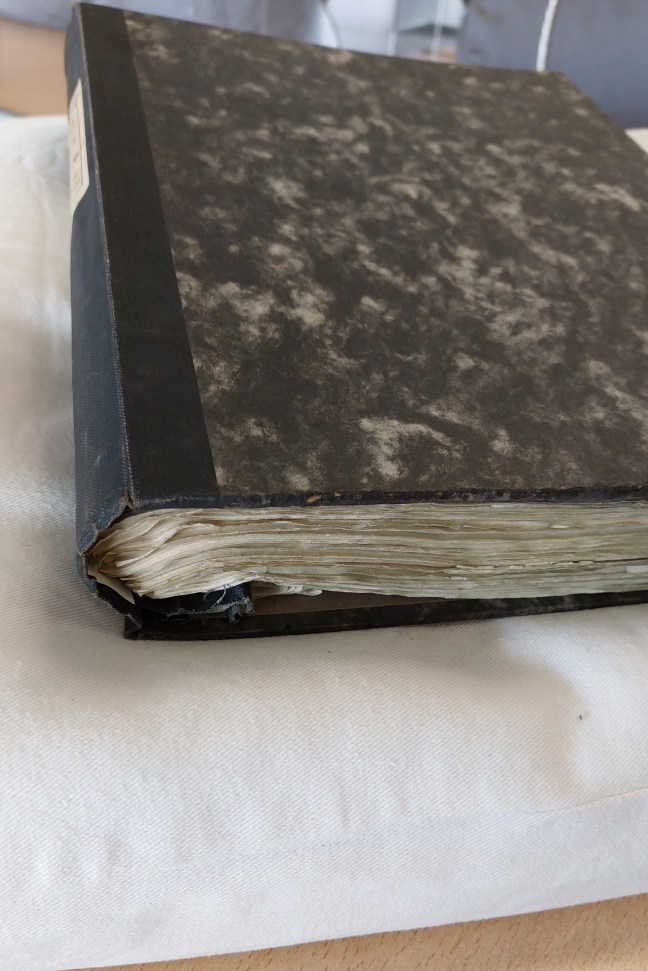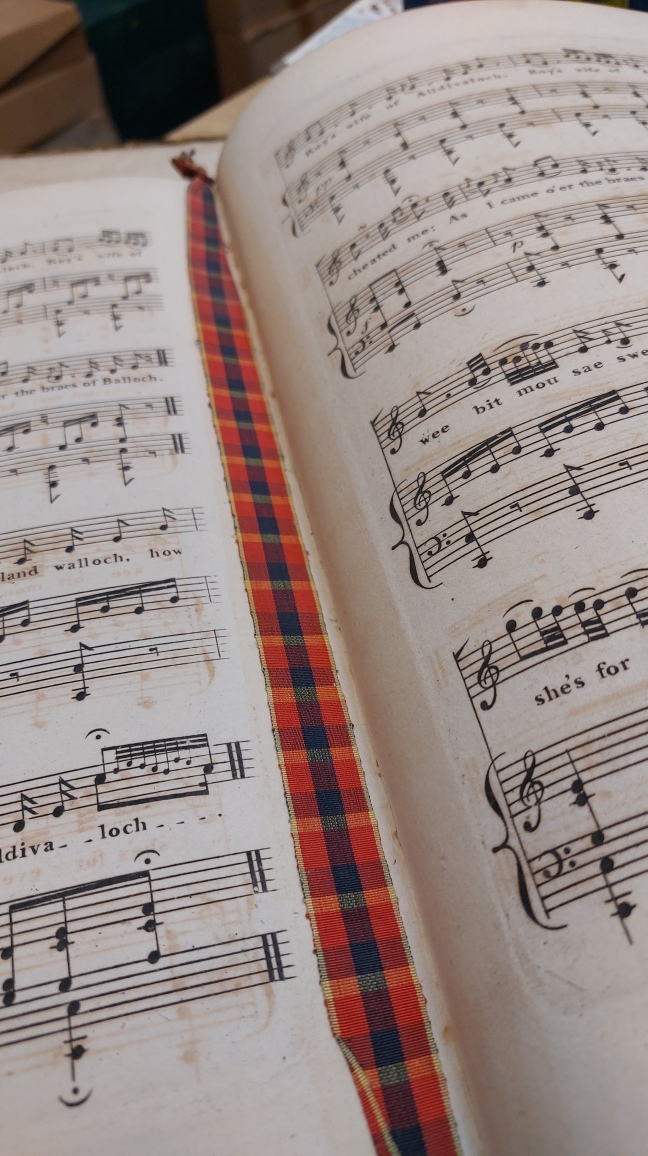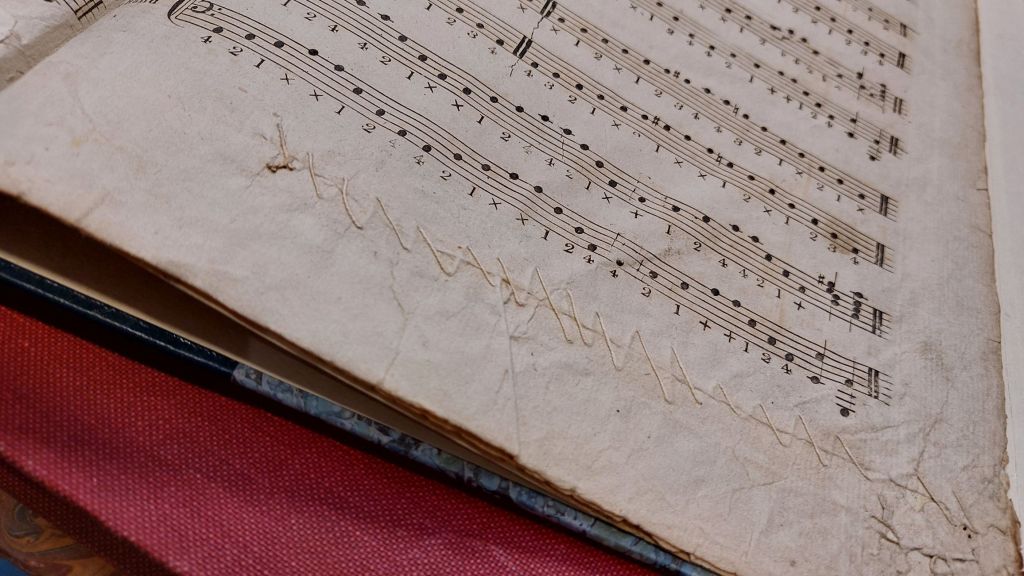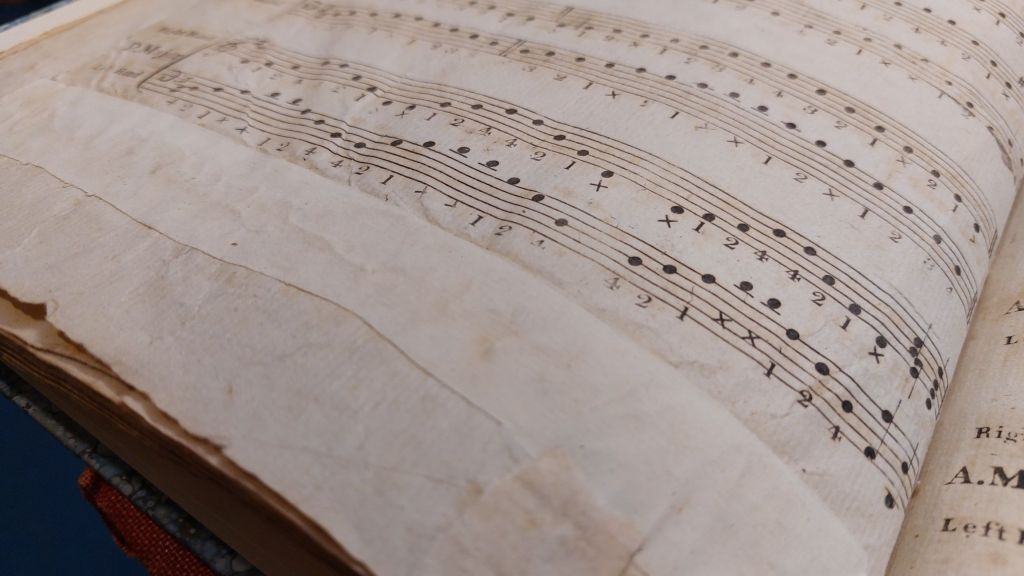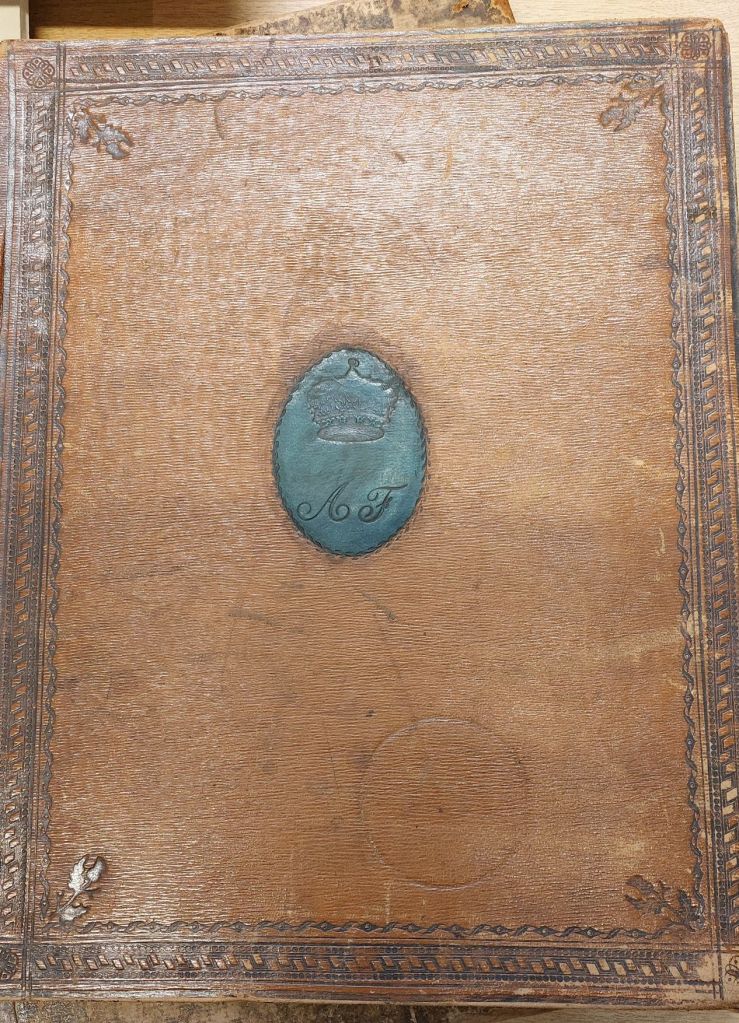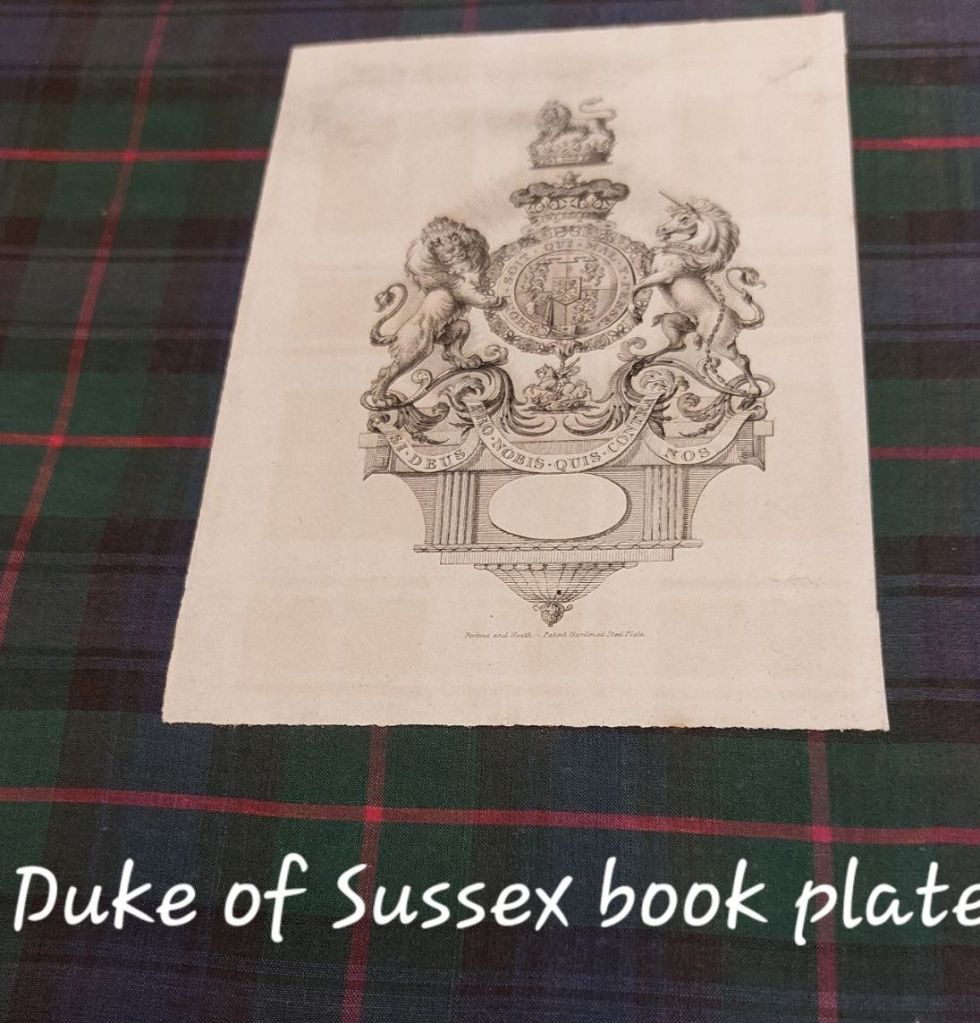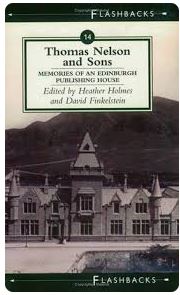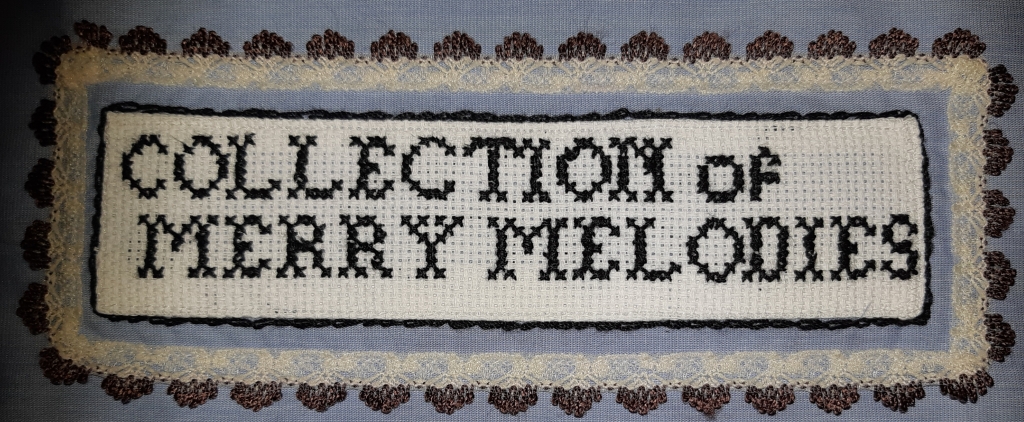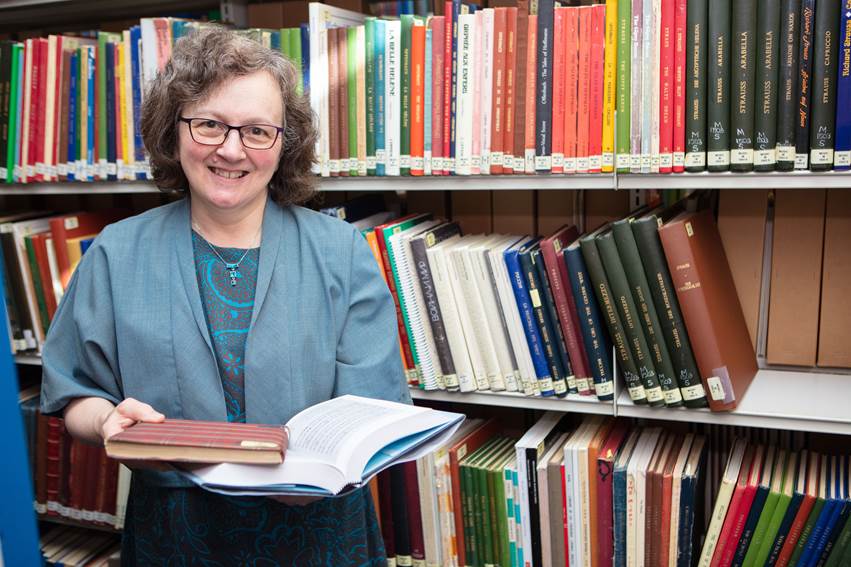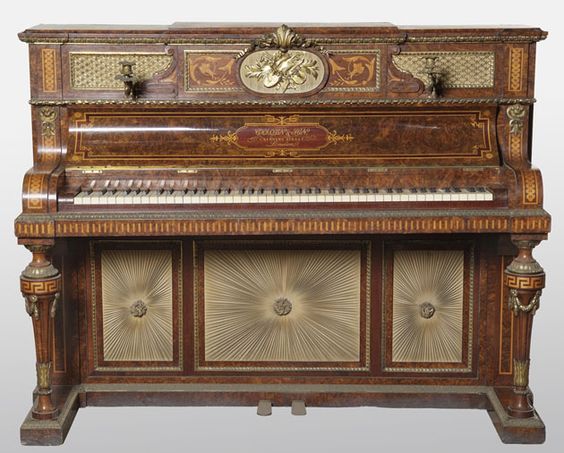My final days as a librarian are characterised by a combination of exhaustion and adrenaline. This cough is determined to flatten me, but I’m equally determined to plan ahead for pastures new!
I woke, coughing, at 3.30 am yesterday. In broad daylight, no less. I reflected grimly that, whilst I didn’t deny believers their joy at the summer Solstice, I personally would have preferred to have greeted the sun a couple of hours later. I coughed, made tea, and finally got up and read a book.
My decision came back and bit me in the heel later. I needed a wee power-nap at lunchtime. In the evening, I sat down to look at my new, 1951 catalogue (which came packaged in original 1966 wrapping, addressed to the last owner) in daylight … and woke to find myself sitting in the dark. No disrespect to the original compilers; I was just exhausted.
It wasn’t just the Coughing
I wasn’t just tired out by coughing and sleeplessness. I’d had so much excitement that I think I was just suffering from an excess of adrenaline followed by the inevitable slump at the end of the day!
All my chickens metaphorically hatched yesterday. I can now relate that, after a long time planning and waiting, I shall be starting my new, semi-retirement role with a new job title, and I couldn’t be happier. I have been promoted in semi-retirement!
Post Doctoral Research Fellow
As a Performing Arts Librarian, I was partially seconded as a postdoctoral researcher. But you can’t be seconded if you don’t hold the original post any longer, so when I retire, I will have a new part-time contract with a new title and job description. This pleases me enormously.
And in 2025, a Heritage Collections Fellowship at IASH
I’m extremely proud to have just accepted a six-month fellowship at the University of Edinburgh, at the Institute of Advanced Studies in the Humanities. Between January and June next year, I’ll be researching the archival collection of papers from Thomas Nelson, the Edinburgh publisher. There’s something singularly appropriate about a retired scholar librarian researching an archive in another academic library, particularly such an eminent collection. I’m particularly pleased because one of my strengths is in placing what I’m researching into its wider cultural and historical context, and this massive collection of papers certainly offers plenty of scope for that.
To begin with, there’s that new Audible book I bought the other day – nothing to do with Nelson, but hopefully giving me understanding about significant economic trends that would have impacted their trade. (Just let me stop coughing enough to listen to it …!)




